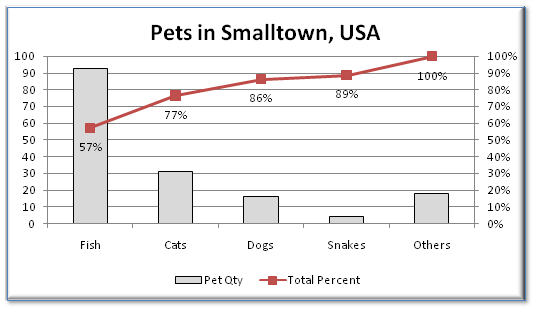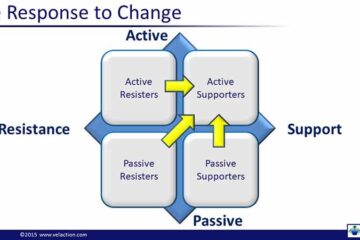Cherry Picking
Cherry picking is the practice of taking on the easiest work first. It generally has a reputation as being a bad practice. In continuous improvement, though, there are times that cherry picking is a desired practice. As a rule of thumb, if a process is intended to flow, you should not cherry pick. Most flow processes are intended to be first in, first out. This holds true in both assembly operations and in office work Read more…









